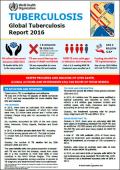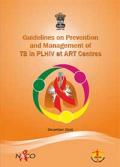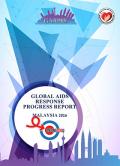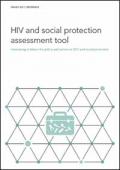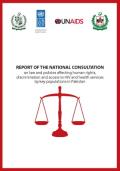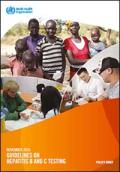Publications on People Living With HIV (PLHIV)

Resource | Publications,
2016 was a year of consolidating, catalyzing and achieving incredible results, for the International Treatment Preparedness Coalition (ITPC). We pursued our strategic objectives: to mobilize demand for optimal HIV treatment; we supported civil society to challenge unfair barriers that limit access to essential HIV drugs; and we laid the ground for scaled up community monitoring of HIV treatment services. Our approach, of educating communities, and supporting community-based research and advocacy, informs all our programs.
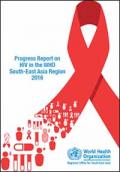
Resource | Publications,
This progress report presents the state of the epidemic and response at regional and country levels with challenges and opportunities that will help Member States, WHO and other key stakeholders identify areas for prioritization and focus to fast-track the HIV response at national and subnational levels to reach 90-90-90 targets of 2020 and pave the way for achieving the SDG target of ending AIDS as a public health threat by 2030.
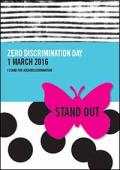
Resource | Publications,
Zero Discrimination Day on 1 March is an opportunity to celebrate everyone’s right to live a full and productive life with dignity—no matter what they look like, where they come from or whom they love. Let’s come together to end discrimination and celebrate diversity, tolerance and inclusion.

Resource | Publications,
People around the world face barriers to accessing quality health care and enjoying the highest attainable standard of health. Why this occurs varies between countries and communities, but some barriers are present everywhere. These include the various forms of discrimination faced by people who are marginalized, stigmatized, criminalized and otherwise mistreated because of their gender, nationality, age, disability, ethnic origin, sexual orientation, religion, language, socioeconomic status, or HIV or other health status, or because of selling sex, using drugs and/or living in prison.






